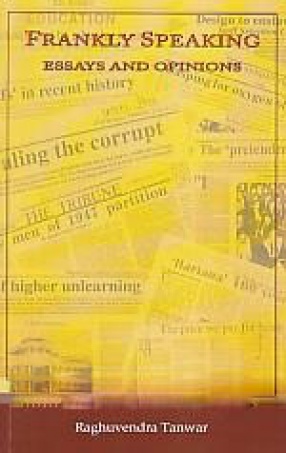
Hope India Publications

68 books
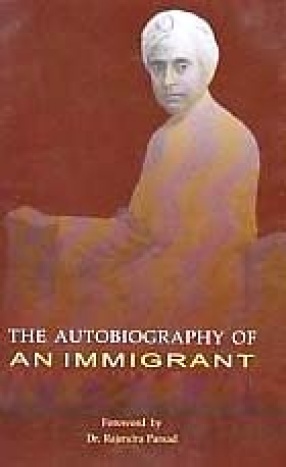
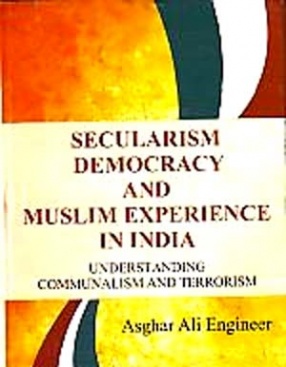
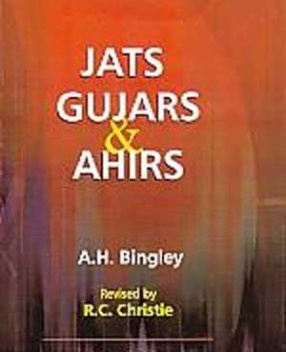
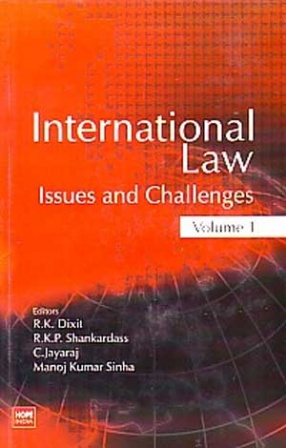
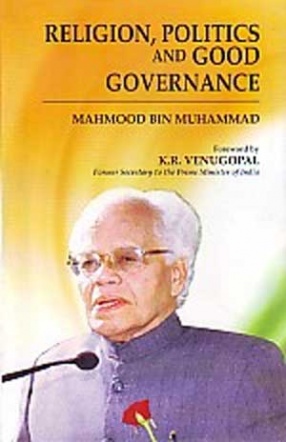

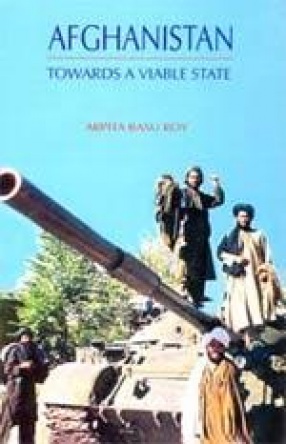
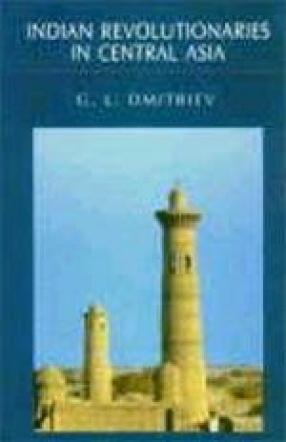
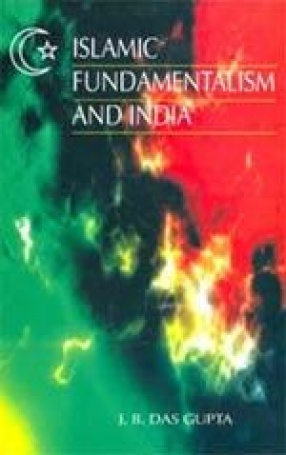
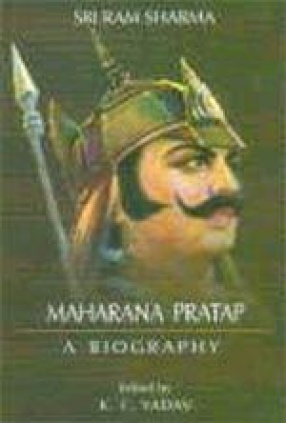
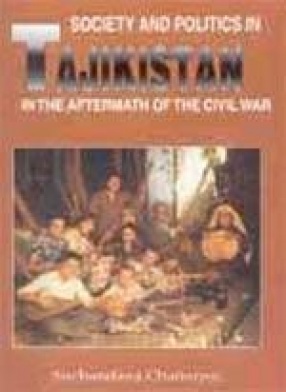
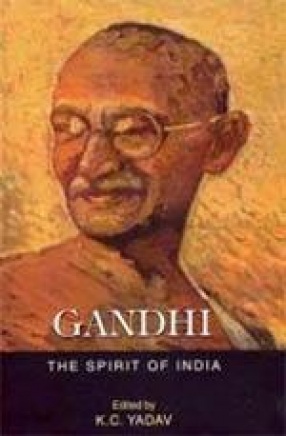



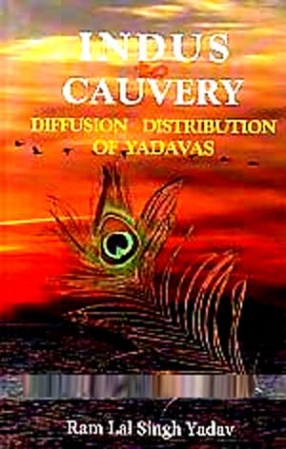

Section 1. Understanding religion and culture; Section 2. Muslims politics and education; Section 3. Minorities democracy -- Section 4. Tackling terroris; Section 5. Cummunalism: conflicts, consequences.
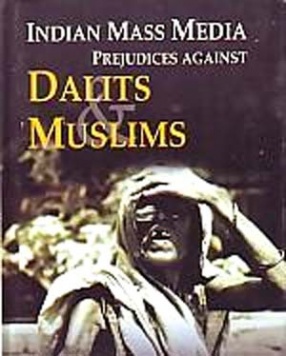

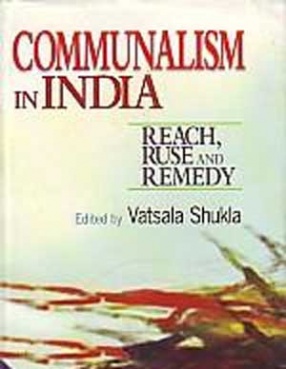

Proceedings of the Second International Law Conference, held at New Delhi during 14-17 November 2004.


Of late, there has been a sort of proliferation of writings on Bihar and Laloo Prasad Yadav. A perusal of this voluminous 'literature' shows, however, that done mostly by the ones for whom black is white and yes is no/and down is up and stop is go as far as Bihar and Laloo Prasad are concerned, it carries highly partial accounts and explanations of things. An assessment from the 'other side' thus becomes imperative to comprehend the truth in its totality. ...

This study, as its title indicates, deals with cross-border trade of North-East India. For the sake of convenience, clarity and depth, it has been divided into four parts: (i) General, (ii) Retrospect, (iii) Prospect, and (iv) Resume and Recommendations. The first part consists of three papers which, as the title of the part shows, are of general nature. They introduce the subject and suggest the ways and means to tackle it properly for good results. The 12 ...

The tragedy of the Afghan situation lies in the fact that both external as well as internal forces have hampered its progress towards a viable state. The peculiarities of the Afghan society and the natural dichotomy between the state and society have impeded the process of modernization and centralization. The three regimes of Amir. Abdur Rehman Khan (1880-1901), Amir Amanullah (1921-29) and the communists (1978-92) which tried to reform Afghanistan considerably ...

India and Central Asia have an age-old history of economic, political and cultural interaction. Many distinguished natives of Central Asia are known to have lived in India in pursuit of different objectives. Indians, in turn, have also been a permanent element of the demographic scene in Central Asia since time immemorial. As the First World War drew to a close, centres of activities of Indian freedom fighters struggling for independence of their country in ...

This work focuses on Islamic Fundamentalism as it evolved in recent history and a noticeable variant of it which often resorts to violence, terrorism and insurgency for furtherance of its aim. It discusses several other relevant issues, and takes note of the question which is often posed whether like terrorism, fundamentalism will prove an interlude rather than an evolving feature of historical growth. The answer is not easy to proffer; the clash between ...

If Courage was the distinguishing badge of the Rajputs, Pratap had more than his share of it; if unflinching resolution and indomitable will ever made a hero of a man, Pratap was one. If ever a man fought against fearful odds and pulled through them, it was he. Men have shrunk back from the very thought of adversity; Rana Pratap, a prince among men, invited it. Comfort and luxury have been hugged by thousands of this world’s heroes, Pratap scorned them when ...
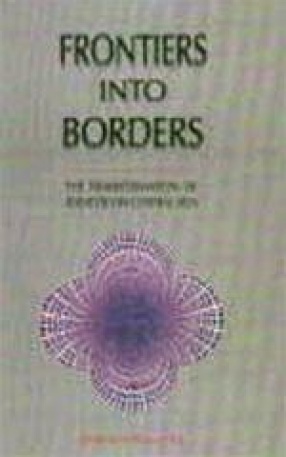
The emergence of states in the Central Asian region, in the course of the last century, entailed both a reconfiguration of political space and a reforging of collective identities within the borders of the states. As the fuzzy limits of frontiers were transformed to more rigidly determined borders, identities were transformed. In most cases, however, the extent of this transformation was limited by cultural and socio-economic factors that ultimately determined ...
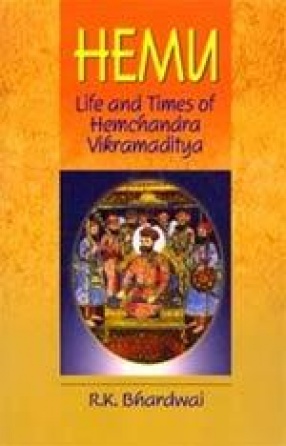
Hemchandra, popularly known by his short name Hemu in History, is undoubtedly one of the most colourful and in testing personalities in the medieval Indian history. He was a great general in whose dictionary that word Defeat did not find a place. He was a great administrator, ruler and an enlightened and secular person. It is an irony that a person like him does not find adequate space in our historical discourse. The present book supplies this desideratum. ...
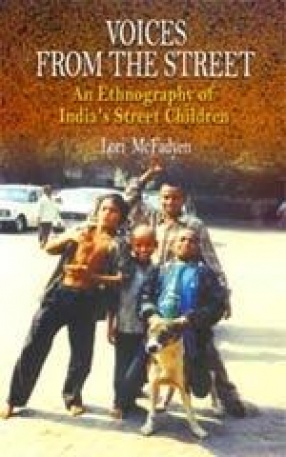
Past studies about India's street children have been positioned within a universal construct of childhood, whereby children are perceived to be vulnerable and innocent, and have focused on shared similarities rather than cultural differences or distinguishing attributes. They way in which culture, societal values, family circumstances, lived experiences, and individual contexts affect the choices street children make is often overlooked. The present study does ...
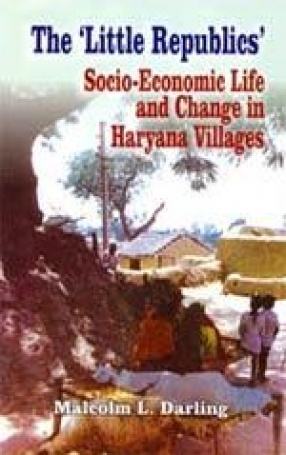
As not much is found in print on the subject that the monograph deals with, this engaging account of the life in the Haryana villages in 1930s will be, it is hoped, found to be a useful source book for the students and teachers, researchers and critics interested in Haryan studies.
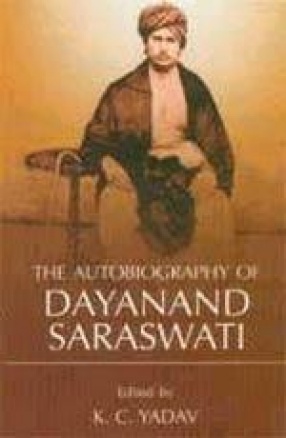

The book discusses the character of socio-political ‘transformation’ in Tajikistan in the wake of the Civil War of 1992. It shows how despite indications of state breakdown, there have been attempts to create an image of stability. What is crucial is the will to survive, reflected among the people of Gorno-Badakshan. It is this aspect of human survival and difficulties encountered by various social categories (e.g. refugees and women) that this study is ...
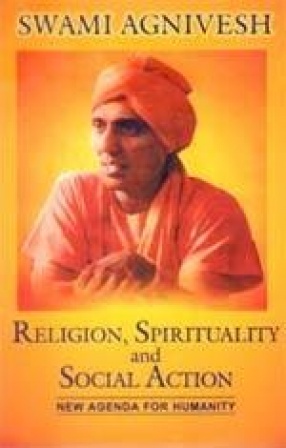
This is a collection of important writings and speeches of Swami Agnivesh on three important themes: (i) religion, (ii) spirituality, and (iii) social action. Together, these thought-provoking write-ups constitute the agenda that Swamiji offers to the humanity for its well being and happiness. Swamiji is not a mere thinker or a monk preaching religious ideals. He is essentially a social activist who fights injustice and untruth, oppression and exploitation, ...

Generations to come, it may be, will scarce believe that such a one as this ever in flesh and blood walked upon this earth, said Albert Einstein about Gandhiji. The present work seeks to understand that extraordinary legend in the simplest possible terms. The book is divided, for the convenience of the study, into two parts—Part I deals with the life and work of the great man, and Part II covers his thought. There is a learned editorial note that provides a ...
